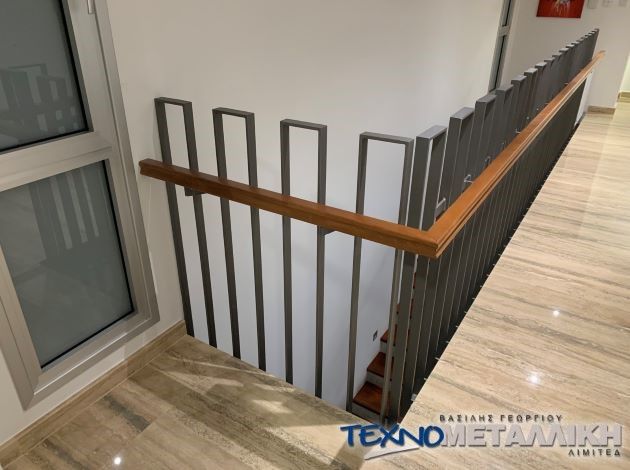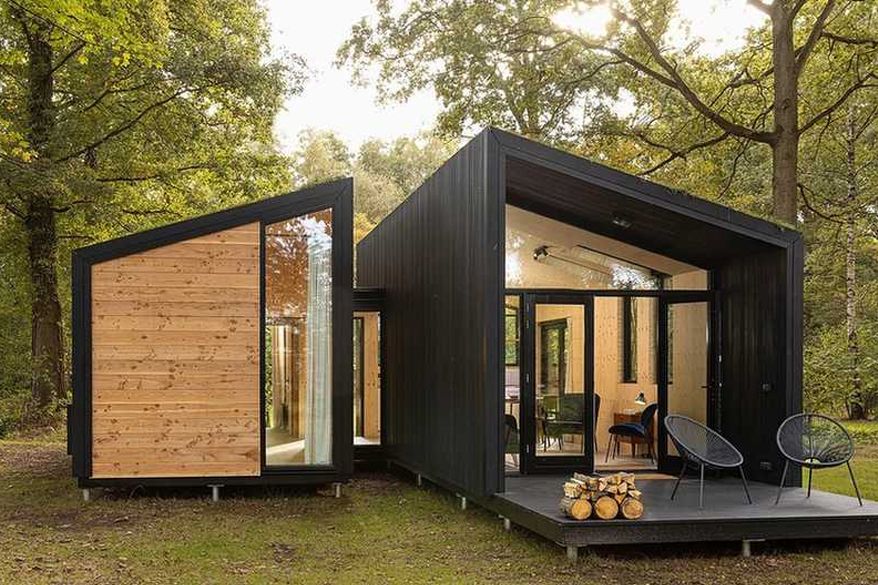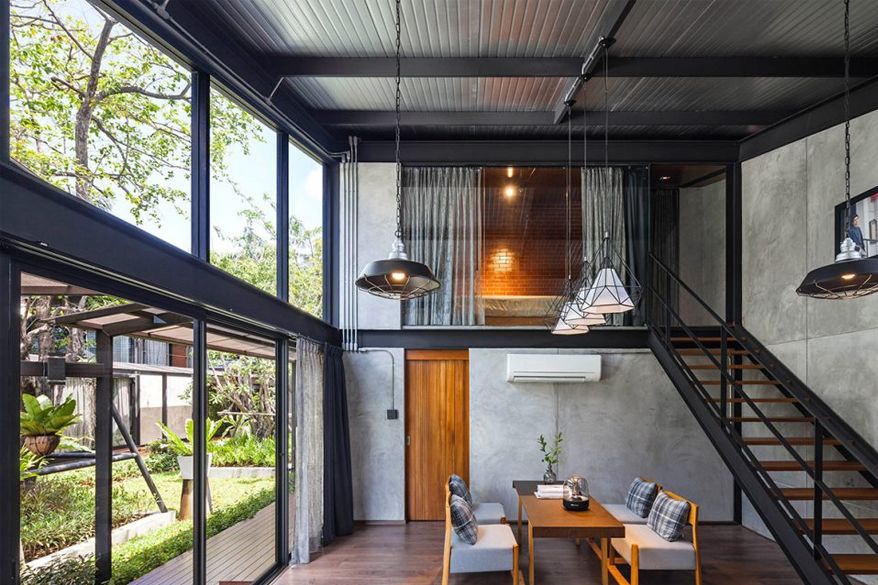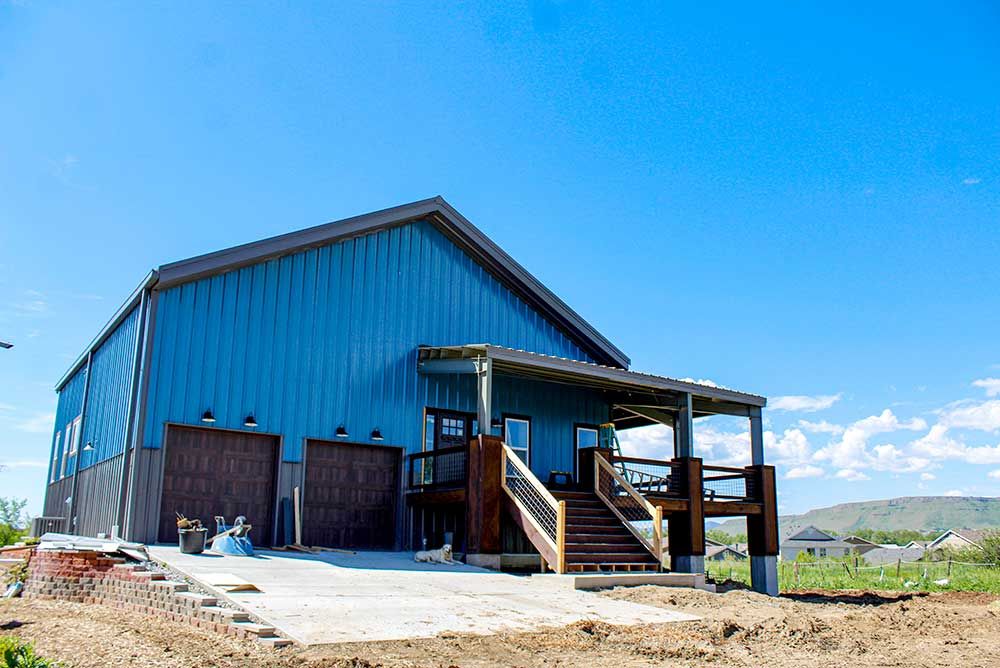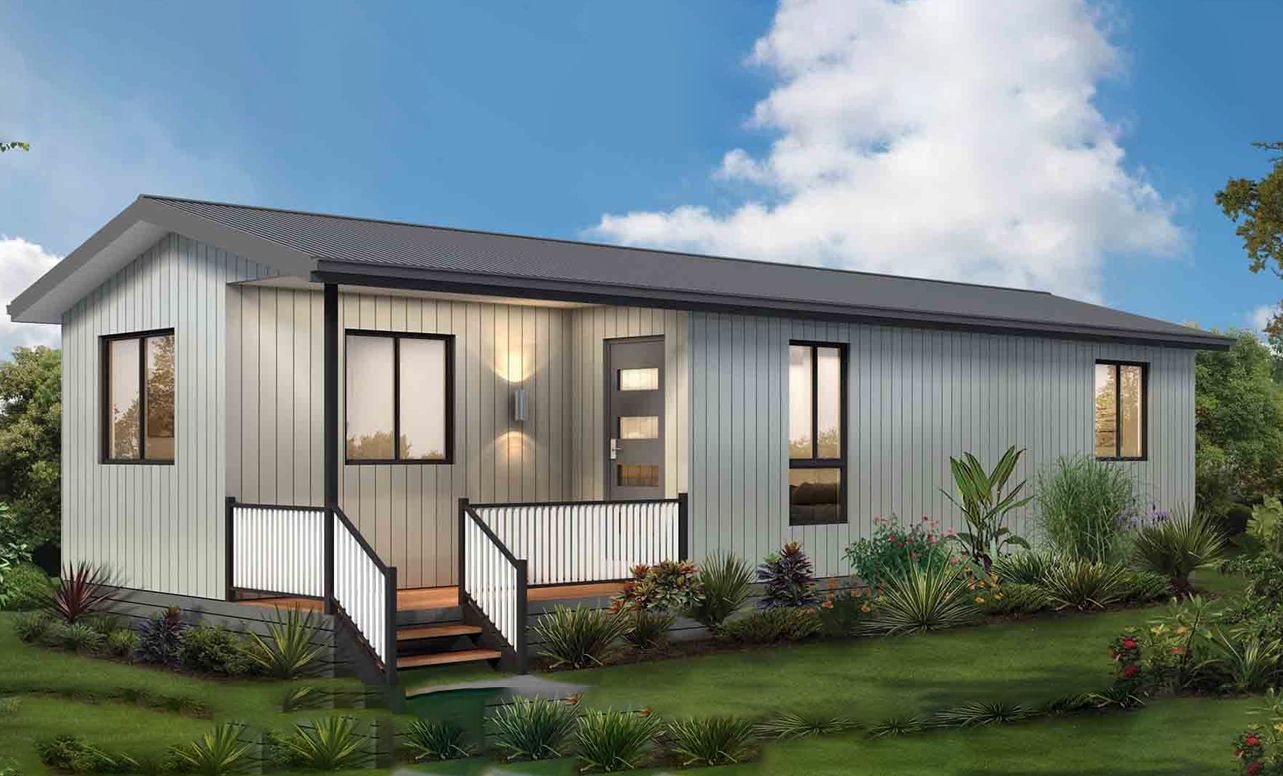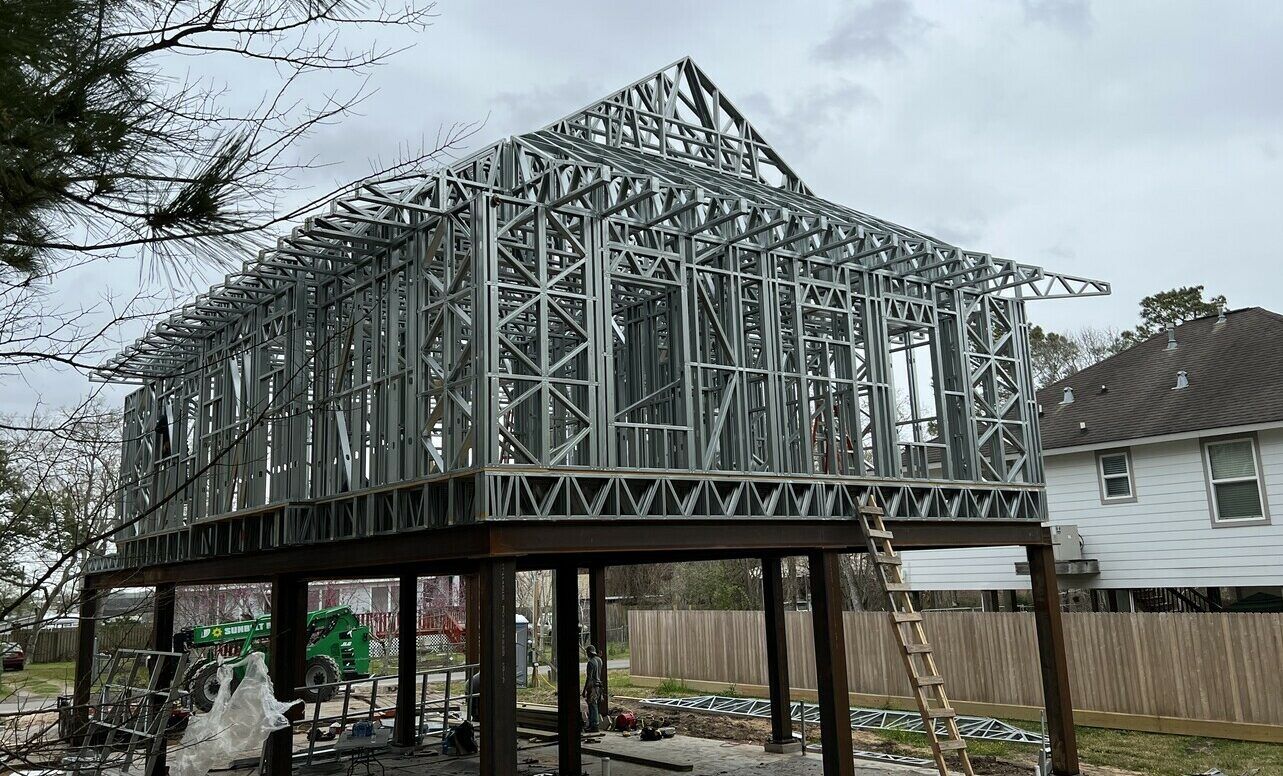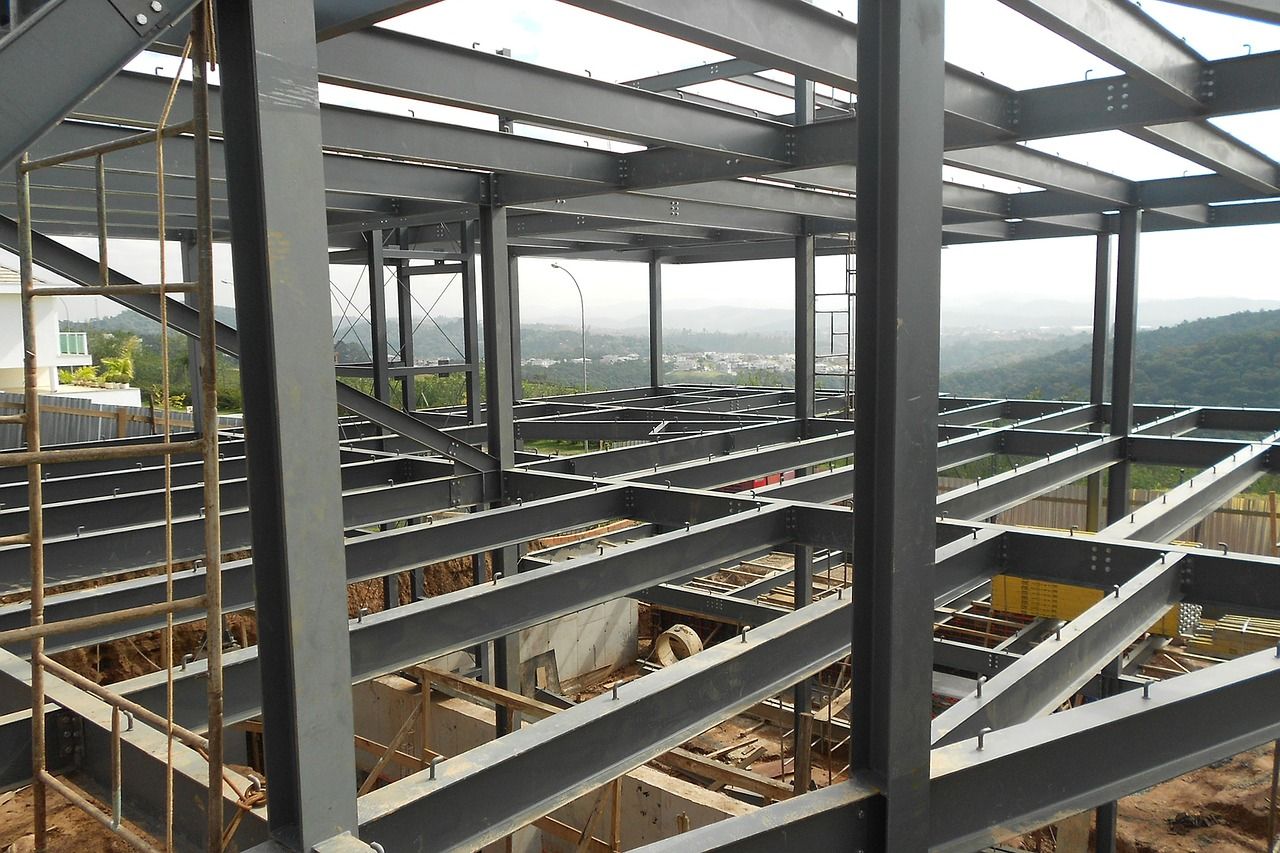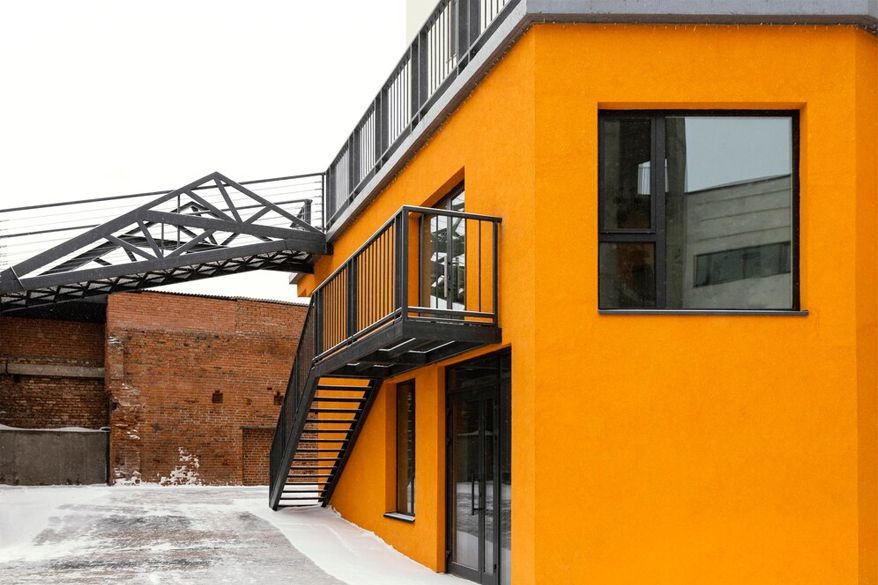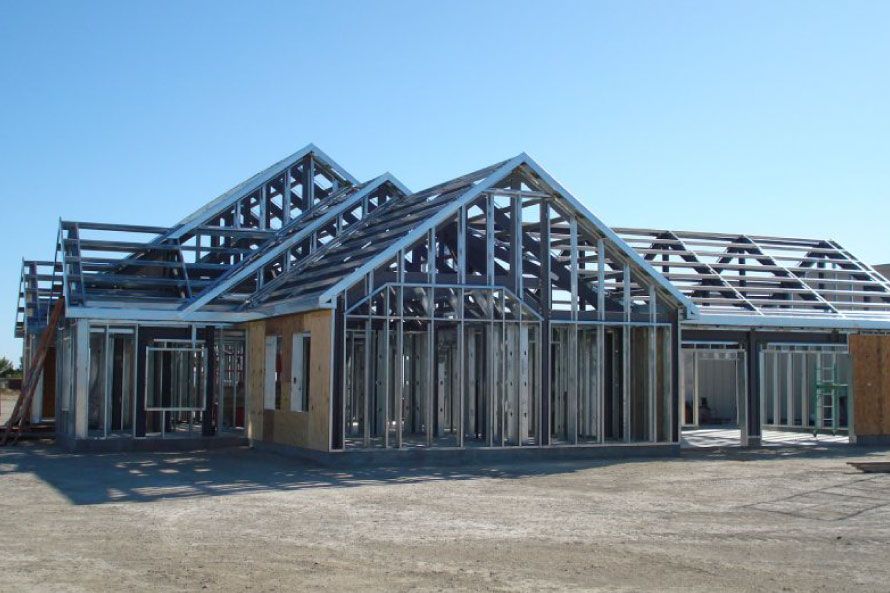How to Maintain Your Metal Stair Railings – A Guide for Beginners
Metal stair railings are not only strong and durable but also bring a sleek, modern charm to your home or commercial space. Whether indoors or outdoors, they play a crucial role in both safety and style. However, like any other architectural element, metal railings require regular care to maintain their look and longevity. In this blog, we’ll guide you through practical tips on how to maintain your metal stair railings effectively.
1. Regular Cleaning Is Key
Dust, dirt, and grime can build up on your metal rail staircase over time, especially if it’s in a high-traffic area. Regular cleaning—at least once every two weeks—helps preserve its finish and prevents long-term damage. Use a soft cloth or sponge with warm soapy water. Avoid abrasive cleaners or steel wool, as they can scratch or dull the surface.
For indoor installations, like indoor stair railings Cyprus homeowners often use, a microfiber cloth dampened with water is sufficient to keep the surface dust-free and shiny.
2. Protect Against Rust
Metal railings are susceptible to rust, especially in humid or coastal regions. If your metal staircase railing is installed outdoors, keep an eye out for early signs of rust such as orange spots or bubbling paint. If you notice rust, gently sand the area, clean it, and apply a metal primer followed by a rust-resistant paint.
For extra protection, consider applying a clear coat or sealant once a year. This acts as a barrier against moisture and prolongs the life of your railing.
3. Inspect Joints and Fasteners
Over time, screws, bolts, and joints may loosen due to regular use or environmental changes. Make it a habit to inspect the joints of your staircase railing every few months. Tighten any loose parts and replace damaged fasteners to ensure the structure remains safe and stable.
If you have decorative or custom-designed railings, be extra cautious during inspection to avoid damaging ornamental elements.
4. Repainting and Refinishing
Paint not only gives your railing a fresh look but also serves as a protective layer. If your paint is peeling or fading, it’s time to repaint. Start by sanding off the old paint, clean the surface, apply a primer, and then finish with a durable enamel or powder coat.
For homeowners looking for low-maintenance options, powder coating is especially popular. It’s long-lasting, weather-resistant, and offers a polished look.
5. Consider Professional Maintenance
Sometimes, professional help is necessary—especially for more elaborate designs or staircases in commercial settings. If you live in areas like Cyprus where modern architecture is blended with traditional elements, hiring experts in metal stair railing Cyprus can ensure your railings remain safe, stylish, and up to code.
Similarly, whether it’s a straight run or a spiral metal rail staircase, professional maintenance ensures all aspects, including welding points and complex designs, are properly checked and treated.
Maintaining your metal stair railings doesn’t have to be difficult. With regular care, quick action on rust, and occasional professional help, you can keep them looking as beautiful and safe as the day they were installed. Not only will it enhance your home’s aesthetic appeal, but it will also add to its long-term value and safety.
